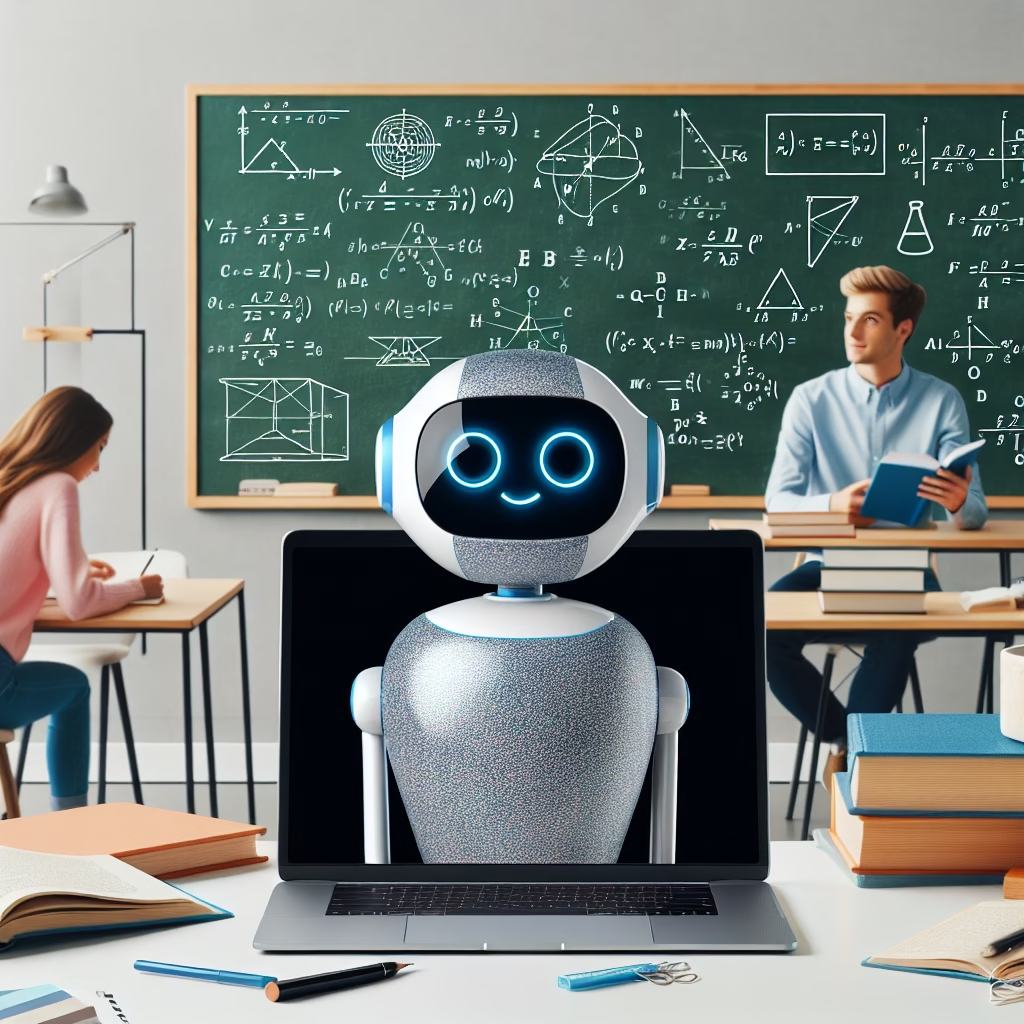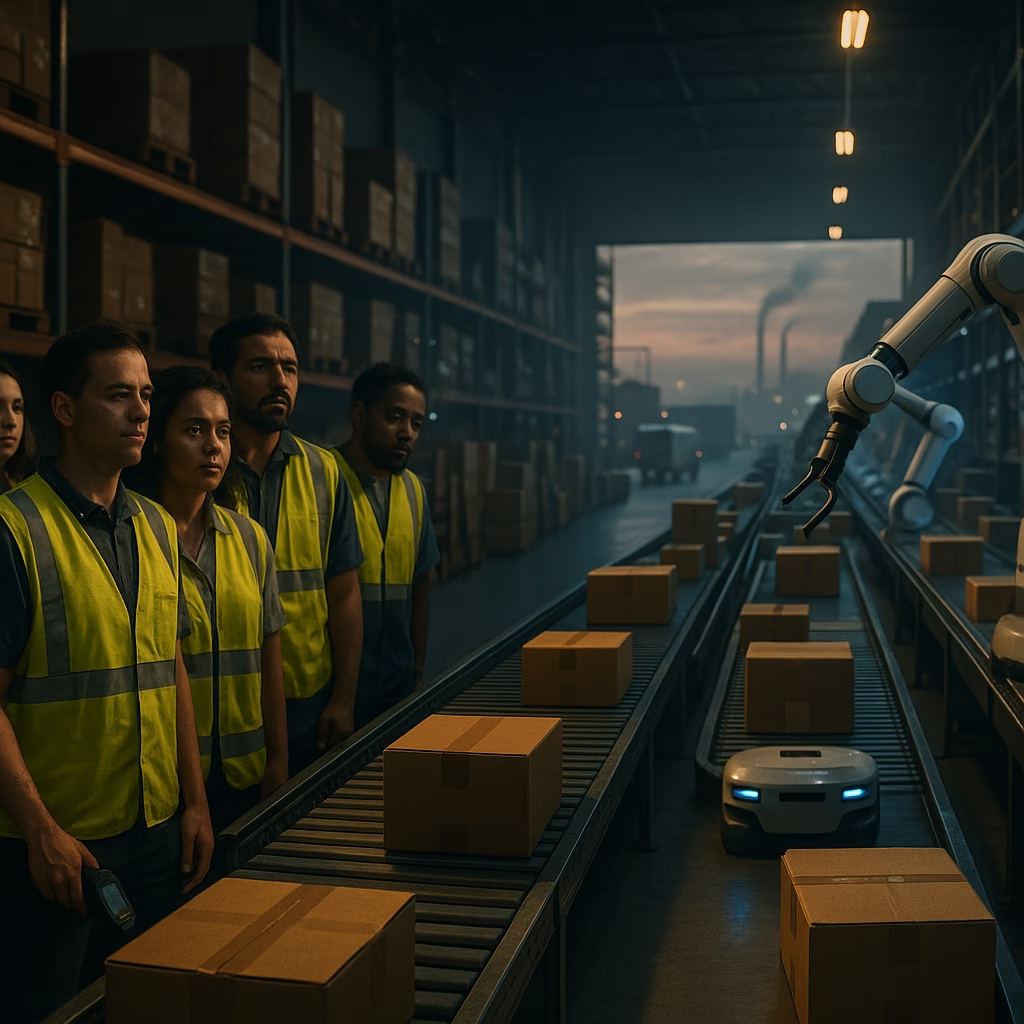New Google AI Chatbot Tackles Complex Math and Science
Introduction: A Breakthrough in AI-Assisted Learning
Artificial intelligence continues to break barriers, this time in the world of education, math, and science. Google’s latest AI chatbot is making headlines for its unprecedented ability to solve complex scientific problems and mathematical equations — a task that has historically challenged even the most advanced language models.
In a recent development reported by Scientific American, Google has introduced an AI designed specifically to tackle intricate STEM (science, technology, engineering, and math) subjects. Unlike traditional AI chatbots that focus on general conversation, this one sets itself apart by offering accurate, step-by-step problem solving for advanced academic topics.
The AI Evolution: From Chatting to Calculating
Google’s new model, called Minerva, represents a significant evolution in the capabilities of AI. Built upon the foundation of their language model architecture, Minerva uses a refined approach to tackle scientific reasoning.
- Purpose-built expertise: This AI isn’t just trained on casual text data; it’s been fine-tuned using academic papers, textbooks, and scientific datasets.
- Mathematical fluency: Minerva excels in solving complex equations and can walk users through multiple steps in a solution, much like a real tutor.
- Coding and symbolic reasoning: It can interpret graphs, functions, and even write syntactically correct code for solving physics and engineering problems.
These features mark a transition from AI as a passive conversational partner to an active academic assistant capable of engaging deeply with analytical queries.
What Sets Google’s AI Apart?
Most AI models, including OpenAI’s GPT and Meta’s LLaMA, are brilliant at generating human-like text. However, they often stumble when it comes to logical and quantitative reasoning. Google’s Minerva directly confronts this limitation.
Built for Education and Scientific Inquiry
The chatbot is trained on a broad base of scientific and academic literature rather than just web pages and social media text. This includes:
- ArXiv preprints
- Google Scholar citations
- Textbooks and enriched PDFs containing mathematical symbols and diagrams
These specialized data sources allow the AI to understand not only the language of science but also its logic and conceptual structures.
Solving Real Problems—Not Just Copying Answers
One of the most impressive facets of this AI is that it’s not just regurgitating stored solutions. Instead, it shows the reasoning process, mirroring a student solving a problem line by line. For example:
- Stepwise derivation: The AI solves calculus and linear algebra problems by explaining each step.
- Diagram interpretation: It can read and analyze visual components traditionally difficult for text-based models.
- Refined explanations: Answers are accompanied by concise, understandable explanations suitable for learners.
This not only makes it a valuable learning aid but also builds trust with users who can better understand how an answer was reached.
How Google Built Minerva
To achieve this level of complexity, Google employed several innovative training techniques:
Specialized Data Preprocessing
Before training, Google cleaned and formatted scientific texts, ensuring that equations and graphs were preserved and readable by the AI. By doing so, it avoided a common pitfall where math symbols become garbled in text parsing.
Reinforcement Learning for Accuracy
Much like the systems used in DeepMind’s AlphaZero, reinforcement learning helped the model learn not just what the answer is, but how best to communicate it. By rewarding logical consistency and penalizing shallow answers, the model has grown exponentially more accurate over time.
Human-in-the-Loop Feedback
To ensure quality, Google employed domain experts—scientists and educators—to guide the model’s responses. These professionals provided real-time corrections and improvements, refining Minerva’s capabilities with every interaction.
Potential Applications in the Real World
As AI becomes a more integral part of education and research, Minerva’s potential is vast.
Academic Assistance
Students and researchers can use the chatbot to:
- Break down complicated theories in physics and chemistry
- Solve high-level calculus and proof-based math problems
- Get coding help for computational science tasks
STEM Education Support
Teachers and educational platforms can integrate Minerva to provide:
- Instant tutoring for students struggling with advanced topics
- Dynamic explanations tailored to a student’s learning level
- Homework support and test preparation insights
Research and Development
Scientists and engineers can benefit in areas such as:
- Rapid prototyping and troubleshooting formulas
- Cross-disciplinary concept exploration
- In-depth literature and citation discovery assistance
Addressing the Challenges and Limitations
Despite its remarkable capabilities, Google acknowledges that Minerva isn’t perfect. It sometimes struggles with:
- Super-dense mathematical notation
- Highly ambiguous questions lacking enough context
- Long, multi-part problems that require extended reasoning
To mitigate these limitations, Google emphasizes the need for further training and continued partnership with educators to improve comprehension and accuracy.
What This Means for the Future of AI in Education
This development signifies a pivotal shift toward AI not just as a tool for automation, but as a true collaborator in human learning and discovery. Google’s Minerva demonstrates how machine learning can transcend limitations and start to mirror human ways of understanding complex topics.
As AI becomes more woven into the fabric of learning and innovation, we can expect educational systems to evolve:
- Customized curriculums: AI can help tailor educational content to an individual’s strengths and weaknesses.
- 24/7 academic support: No more limited office hours — AI tutors are available anytime, anywhere.
- Increased global access: Students in remote or underserved areas gain access to high-quality academic support through AI.
Conclusion: A New Era of Intelligence
Google’s Minerva may just be the beginning of a new era in artificial intelligence — one where machines can reason, explain, and support academic progress in meaningful ways. Instead of merely summarizing information, AI now has the power to engage in deep intellectual work alongside human users.
As we move forward, this technology can reshape how we teach, how we learn, and how we explore the world around us. Whether you’re a student, educator, or scientist, AI-driven models like Minerva are set to become invaluable members of your academic toolbox.
Stay informed, stay curious — and embrace the future of AI-powered learning.< lang="en">







Leave a Reply